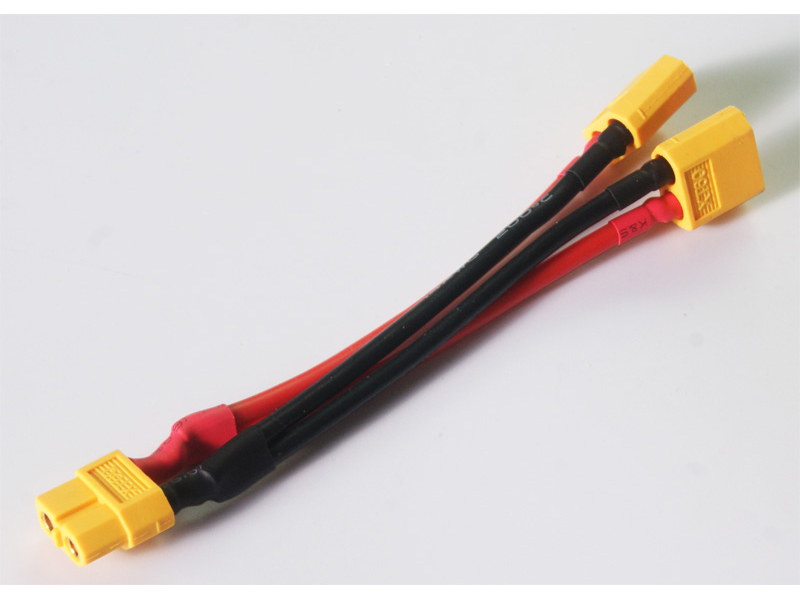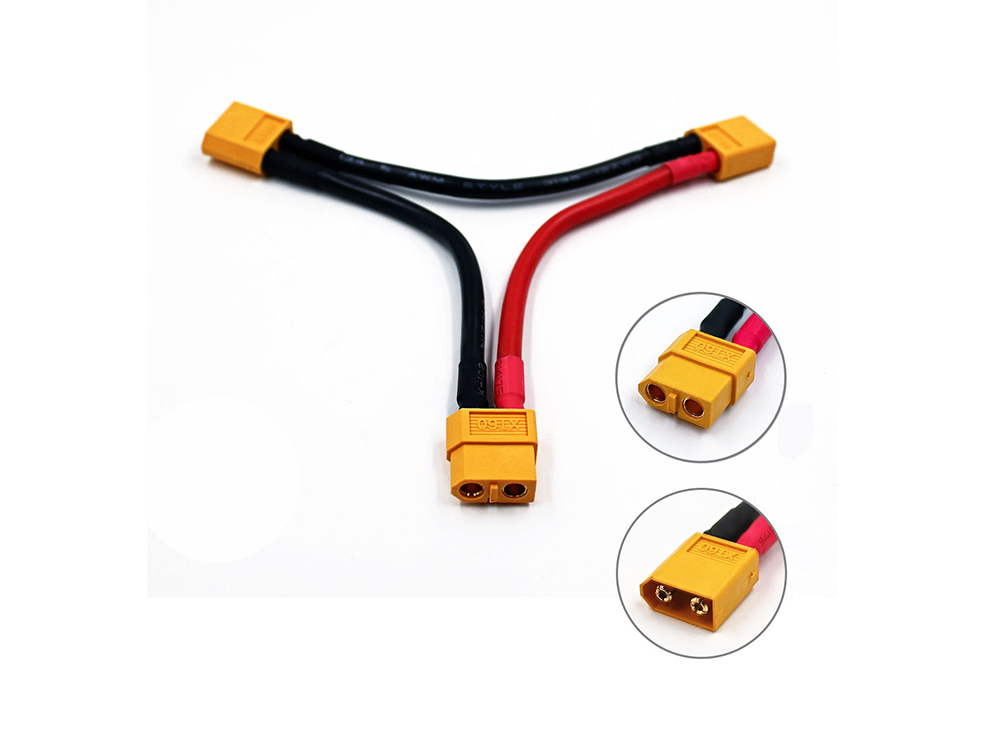The4High2Flyer0
Member
I feel like I should include some context.
I (20 years old) have been wanting to get into the rc plane hobby for well over a decade now but have never had the money or motivation to start. That all changed a last week when I finally decided to bite the bullet and buy a radio and receiver just to start. Mind you I’ve never even touched a simulator I did some research and decided to get the FLYSKY FS-ST8 transmitter. While I was researching radios I was also thinking about what plane I should get. After going back and forth between the Sea Duck and possibly the Legacy with a float kit (can someone tell me if that’s even possible). As you can tell I really wanted something that I could fly off the water. After annoying my girlfriend for her opinion. She said “if you get a something that can land on the water you’re gunna crash in the middle of the water and then have to swim out to get it” so I decided maybe not a float plane. I still wanted something twin engine and I found the Guinea pig bundle with all the electronics. I wondered if it would be a good beginner plane
(Well this isn’t exactly a question because its already ordered and shipped I’m just waiting for it to arrive and then build it)
A few side notes. I’ve watched the Flight Test build video for the big Guinea at least 3 times by now and I plan on watching it again when I build it. However I’m not a huge fan of the landing gear. However I did read someone’s comment on a Guinea pig post on this site basically saying that I can completely remove the nose gear and move the main gear closer to the nose so that it’s more of a tail dragger style and I really liked that so I might implement it when I build the Guinea.
I have also ordered 3 Lipo batteries and a charger. The batteries ordered are 2x2200mah 3s battery and one 4000mah 4s battery. I was curious if I could run the two 3s batteries by connecting one battery to each esc or would I be easier to run them in series. Also would the 4000mah 4s be too much for the stock esc that comes with the bundle.
P.S. yes I agree to those of you that are thinking I should have asked these questions before I ordered everything. But you live and you learn. Who knows maybe I’ll get a turbo tutor after this.
I (20 years old) have been wanting to get into the rc plane hobby for well over a decade now but have never had the money or motivation to start. That all changed a last week when I finally decided to bite the bullet and buy a radio and receiver just to start. Mind you I’ve never even touched a simulator I did some research and decided to get the FLYSKY FS-ST8 transmitter. While I was researching radios I was also thinking about what plane I should get. After going back and forth between the Sea Duck and possibly the Legacy with a float kit (can someone tell me if that’s even possible). As you can tell I really wanted something that I could fly off the water. After annoying my girlfriend for her opinion. She said “if you get a something that can land on the water you’re gunna crash in the middle of the water and then have to swim out to get it” so I decided maybe not a float plane. I still wanted something twin engine and I found the Guinea pig bundle with all the electronics. I wondered if it would be a good beginner plane
(Well this isn’t exactly a question because its already ordered and shipped I’m just waiting for it to arrive and then build it)
A few side notes. I’ve watched the Flight Test build video for the big Guinea at least 3 times by now and I plan on watching it again when I build it. However I’m not a huge fan of the landing gear. However I did read someone’s comment on a Guinea pig post on this site basically saying that I can completely remove the nose gear and move the main gear closer to the nose so that it’s more of a tail dragger style and I really liked that so I might implement it when I build the Guinea.
I have also ordered 3 Lipo batteries and a charger. The batteries ordered are 2x2200mah 3s battery and one 4000mah 4s battery. I was curious if I could run the two 3s batteries by connecting one battery to each esc or would I be easier to run them in series. Also would the 4000mah 4s be too much for the stock esc that comes with the bundle.
P.S. yes I agree to those of you that are thinking I should have asked these questions before I ordered everything. But you live and you learn. Who knows maybe I’ll get a turbo tutor after this.




